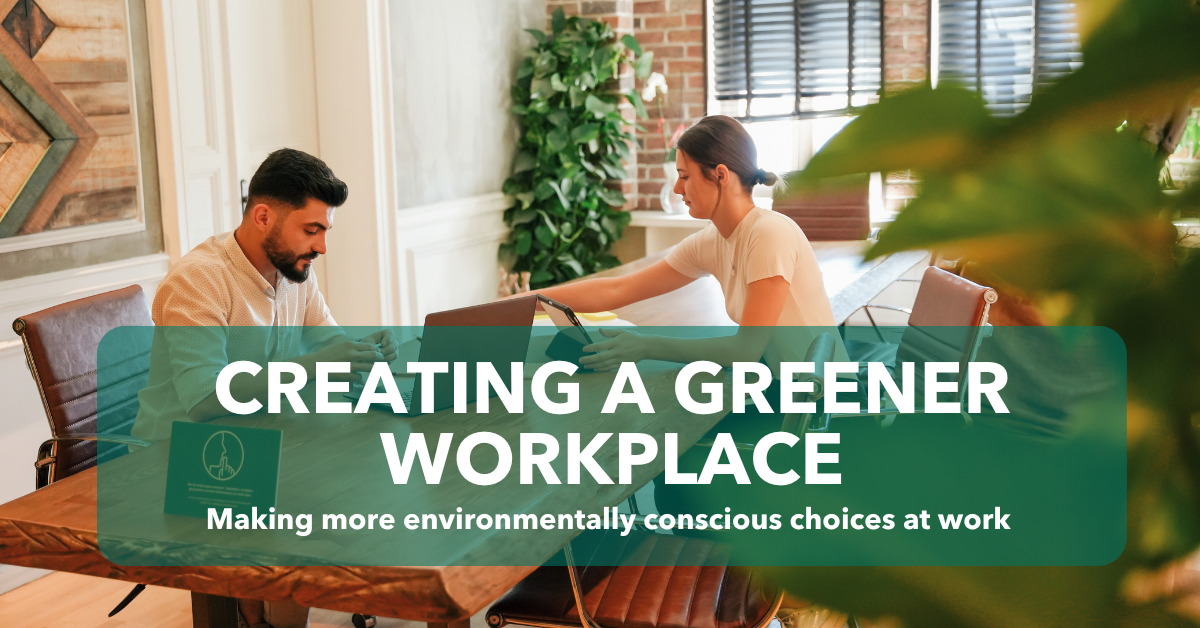
Why Soft Skills are Hard

Author: Shawn Bakker
During a recent webinar, I asked participants to share words that describe the best and worst leader that they ever worked with. Here were the most frequent responses:
What words would you use to describe the BEST leader?
- Authentic
- Empowering
- Encouraging
- Good listener
- Invested in others
- Supportive
- Visionary
What words would you use to describe the WORST leader?
- Autocratic and controlling
- Critical
- Micromanager
- Narrow-minded
- Poor communicator
- Self-centered
The vast majority of the words relate to soft skills – the character traits and interpersonal skills that influence how a person works with and relates to others. When people think of the best leaders they have worked for, they begin listing soft skills. For the worst leaders, we get descriptions of people lacking soft skills. Technical capabilities and knowledge are rarely mentioned when I take people through this exercise.
This doesn’t mean that “hard-skills” are not important. Technical knowledge and skills are base requirements to be successful at work. Yet in most roles, true effectiveness comes from being able to work effectively with others. This is reflected in the competency models of most professions. Even a quick review of the CPHR General Competencies shows that out of the twelve competencies, 8 are soft skills, and only 4 are technical/knowledge skills. 1
To become better at whatever you do, developing your soft skills is critical. If missed, you are not paying attention to the majority of the competencies necessary for success. If you focus solely on developing your business acumen, data analysis and systems thinking, you are missing a large part of what is required for you to be effective.
For the professionals running learning and development programs in organizations - if you want to get the best bang for your development buck, make sure that you invest a significant portion of your efforts into employees’ soft skills, but also recognize that this isn’t always easy. This takes time, practice and focused effort. Soft skills are hard because they are exercised in nuanced ways. There are no hard and fast rules when it comes to applying interpersonal competencies. They need to be utilized and adapted to the needs of the situation and the individuals involved.
- Coaching and developing others
- Empowering employees
- Mobilizing others around a clear purpose
- Seeking innovation
- Displaying flexibility
References:
Building Better Organizations Through People.
The views and opinions expressed in this blog post belong solely to the original author(s) and do not necessarily represent the views and opinions of CPHR Alberta.
The views and opinions expressed in this blog post belong solely to the original author(s) and do not necessarily represent the views and opinions of CPHR Alberta.





